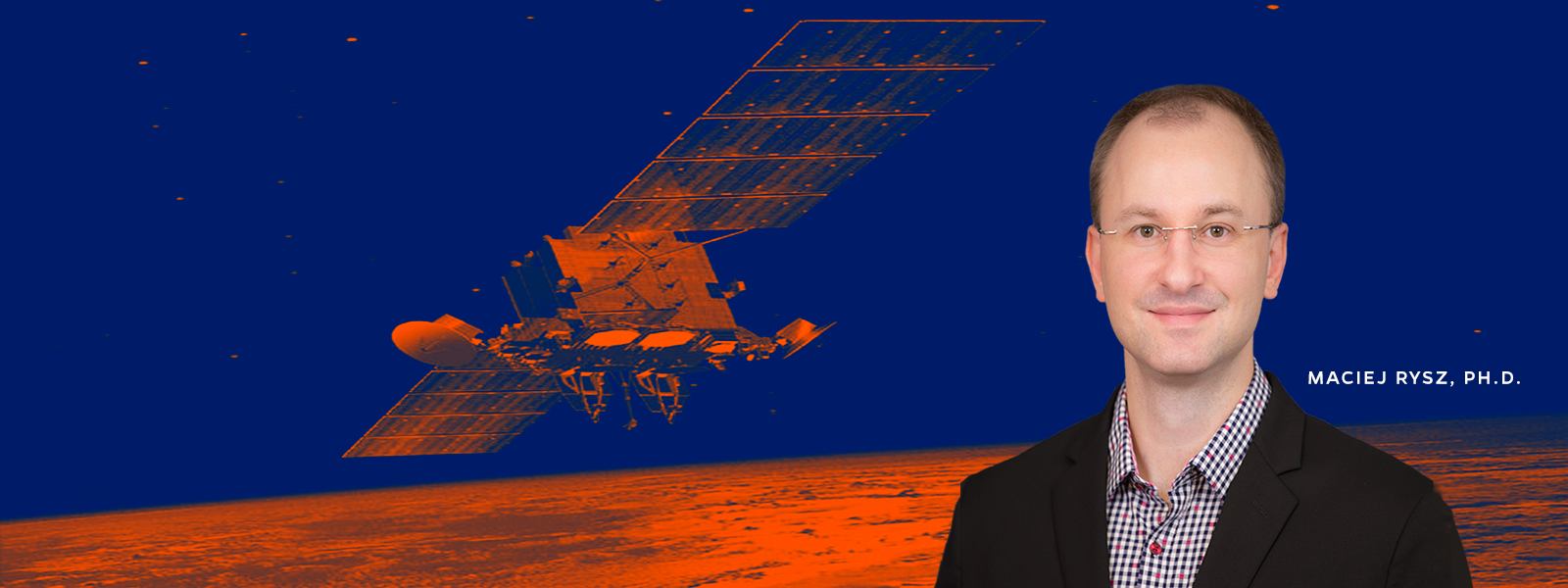The Air Force Research Laboratory (AFRL) awarded over $1 million to Maciej Rysz, Ph.D. for the advancement of research in data analytics from the University of Florida’s (UF) Research and Engineering Education Facility (REEF) near Eglin Air Force Base in Shalimar, Florida. The main purpose of this research is to develop, analyze, and improve deep learning architectures for classifying targets using synthetic aperture radar (SAR) data. This project was created under the Guidance Navigation and Control task.
A new area of AFRL research is focused on utilizing deep/machine learning techniques for classifying targets with SAR data. Results of this work are to be used in conjunction with ongoing research in guidance and navigation in GPS-denied environments. Related to this work, the AFRL supports an autonomous vehicle lab at the REEF campus, which is run by UF faculty and students and AFRL staff and visiting researchers. This facility is partially dedicated to developing new concepts in single and multi-agent navigation systems. The UF REEF built the autonomous vehicle lab under the Guidance Navigation and Control task from the AFRL. These task orders funded the purchase of a motion capture system to enable control system development and provide a reference for estimator accuracy and development.
Maciej Rysz, a Research Assistant Professor in UF Industrial & Systems Engineering, commented on the new task order, saying that ”leveraging insight from various technical areas, such as machine learning, algorithmic theory, computer science and optimization, will allow this research to extend current capabilities and understanding of analytical techniques that can be used for effectively identifying targets with SAR data.”
Initial project objectives will include developing deep neural network architectures with high generalization capabilities for target classification, exploring novel algorithmic techniques that enable fast training and implementation, exploring relationships between weights trained by deep networks and the training data features, and effectively using high-performance computing resources for these purposes.
